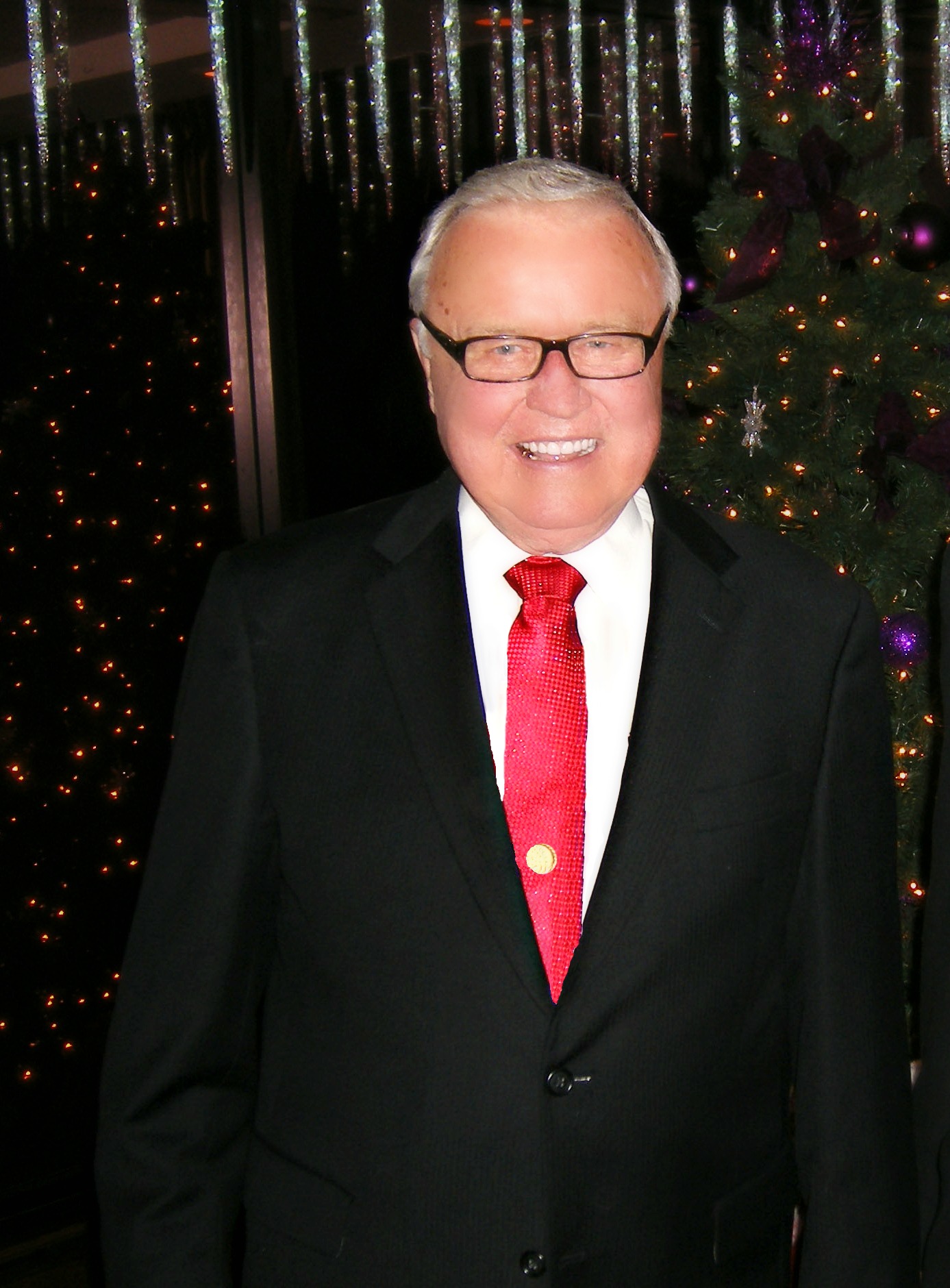July 2014, Vol. 69 No. 7
Features
NASSCO Standard Bearers

In 2016, NASSCO will celebrate its 40th year of setting standards for the assessment and rehabilitation of underground infrastructure. As we look forward, we also look back to those who have made significant contributions and have impacted the continued acceptance and use of trenchless technologies. This month’s story features Jack Doheny, founder of the Jack Doheny Companies. It is the second installment in a series of articles exploring the history of NASSCO through the eyes of industry leaders:
I was born in Marshfield, WI, in 1930. It was the beginning of the Great Depression and my dad, Earl J. Doheny, lost his job as a salesman for the H.J. Heinz Company. From the time I was two-years-old, we lived on a farm without electricity in the Minnesota River Valley, home of the Jolly Green Giant.
When I was 18, we left the farm and moved to Chicago where my dad became a salesman for O’Brien Manufacturing, which was owned by my aunt and Uncle. While there, my uncle invented the first power sewer cleaner that was ever built. The original design was operated by hand and used a spring similar to one you would see on a screen door. This tool was pushed down through the trap of a sink, so you could now clean a clogged sink with minimal disruption or damage.
Later, my uncle expanded his invention to include an electric drill, and this idea led to the sophisticated power sewer cleaners you see today. Just prior to World War II the government purchased thousands of these sewer cleaners for the military installations they were putting in around the United States and the world.
Landmark legislation
At this time, there was also a big rush by the government to cap sewers from running into rivers, lakes and streams. This led to legislation that required cities to put up bonds to build sewers. Bonding companies insisted there be a reserve fund to pay for these bonds, which led to sewer charges to pay for the bonds.
This new legislation meant that when there was a sewer blockage you could charge your city because they were responsible for hauling sewage away and the burden of proof was on the city. This led to regular sewer cleaning or preventive maintenance which occurred about once every three years. At the time, the cities were going through manholes and using wooden sticks to unplug the blockages. My uncle’s power sewer cleaners were revolutionary because they allowed maintenance workers to clean the system and stay out of the manhole. We sold the systems to the cities so they could do ongoing preventive maintenance mandated by the government to keep the sewers clean and avoid penalties.
When I got out of school and the Air Force, I joined O’Brien Manufacturing and went around the country with my dad demonstrating this power cleaner. But as my family grew, I needed to find a way to spend more time at home with my wife and children. So in 1974, I started my own business, Doheny Supplies.
We know that sewer cleaning, or preventive maintenance is working because you just don’t hear about sewer backups. I recall, for example, a local community here in Michigan that at one time had three to four backups per week. Now, you don’t hear about them at all. Or if you do, it’s one or two a month. Regular maintenance not only prevents backups, it also makes it possible to manage and schedule maintenance on your time schedule versus dealing with emergency cleaning.
Clean-up
Perhaps the government’s most significant contribution, however, is to help our industry protect the environment. Seventy-five percent of sewers have been put in since World War II which I consider to be recent. Prior to that, sewage ran into creeks, rivers and lakes. Cleaning this up has been a major accomplishment.
NASSCO has been and continues to be instrumental in addressing government mandates and how they affect the trenchless industry. Their Government Relations Committee, for example, stays on top of local, state and federal legislation, grant programs and requirements that affect the business opportunities of NASSCO members. The government has been, and will continue to be, the major game-changer in this industry and we all need to be involved in understanding regulations and how they affect us and our businesses.
As for the future, I would love to know what our industry is going to be like in 100 years. For example, waste collection has turned into a profit center through recycling efforts. If you carry that concept over to our industry, it may be possible for sewage to be separated in such a way that it can also become profitable versus putting it into a landfill or incinerating.
I believe it would be hard to find anyone who is against sewer clean-up. It’s as American as Chevrolet and apple pie. For me, it’s also a family tradition. My father lived to be 107 and was instrumental in changing the way sewers are cleaned. I am proud to be part of this legacy and hope to follow in his footsteps to contribute to this great industry for many years to come.




Comments